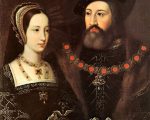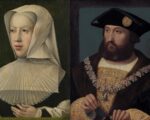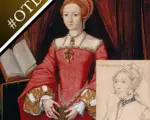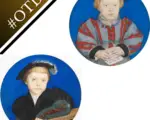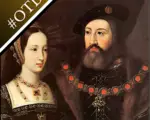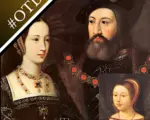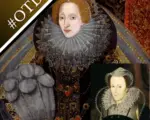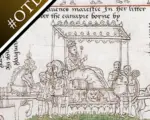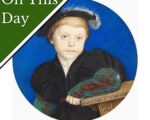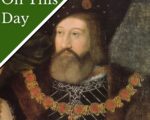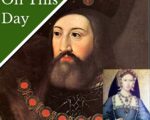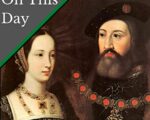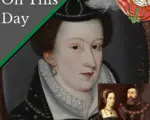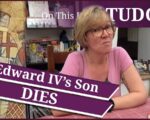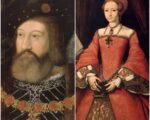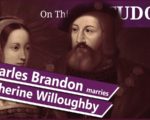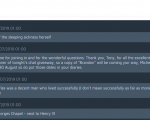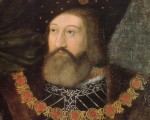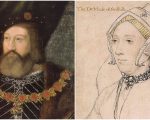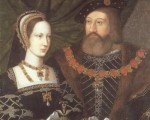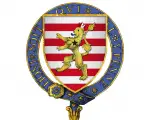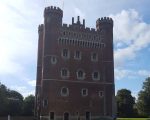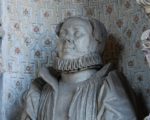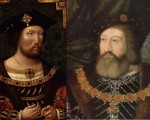Charles Brandon was one of King Henry VIII’s most trusted advisors and friends. He married the king’s sister, even when he had been trusted not too, and eventually married a lady thirty-five years younger than him.
Being someone who was so close to Henry VIII, what was Brandon’s real purpose? What did he achieve in his lifetime? And, how did he rise so high?
Charles Brandon was born around 1484 and was one of two sons born to Sir William Brandon and Elizabeth Bruyn of South Ockendon. His father was Henry VII’s standard-bearer at the Battle of Bosworth in 1485, which is where he is said to have been killed by Richard III himself. King Henry VII saw how loyal William had been to him, so, therefore, chose to repay this debt by having his son, Charles, brought up at his court. Charles was just two years older than Henry VII’s eldest child, Prince Arthur, but when Arthur married the Spanish princess, Catherine of Aragon, in 1502, Charles did not join them at Ludlow Castle. Instead, he stayed in London and got to know Arthur’s younger brother, Henry, Duke of York.
[Read More...]
